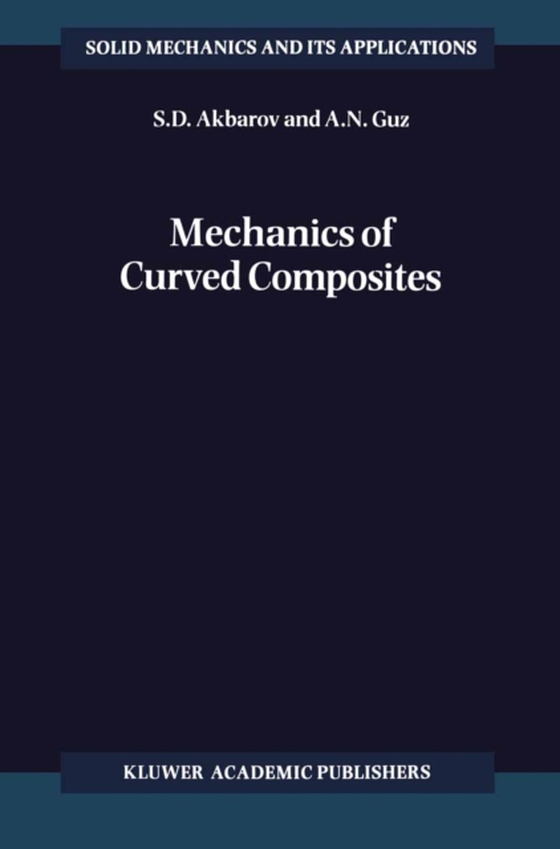
Mechanics of Curved Composites e-bog
875,33 DKK
(inkl. moms 1094,16 DKK)
This book is the frrst to focus on mechanical aspects of fibrous and layered composite material with curved structure. By mechanical aspects we mean statics, vibration, stability loss, elastic and fracture problems. By curved structures we mean that the reinforcing layers or fibres are not straight: they have some initial curvature, bending or distortion. This curvature may occur as a result of...
E-bog
875,33 DKK
Forlag
Springer
Udgivet
6 december 2012
Genrer
Applied mathematics
Sprog
English
Format
pdf
Beskyttelse
LCP
ISBN
9789401095044
This book is the frrst to focus on mechanical aspects of fibrous and layered composite material with curved structure. By mechanical aspects we mean statics, vibration, stability loss, elastic and fracture problems. By curved structures we mean that the reinforcing layers or fibres are not straight: they have some initial curvature, bending or distortion. This curvature may occur as a result of design, or as a consequence of some technological process. During the last two decades, we and our students have investigated problems relating to curved composites intensively. These investigations have allowed us to study stresses and strains in regions of a composite which are small compared to the curvature wavelength. These new, accurate, techniques were developed in the framework of continuum theories for piecewise homogeneous bodies. We use the exact equations of elasticity or viscoelasticity for anisotropic bodies, and consider linear and non-linear problems in the framework of this continuum theory as well as in the framework of the piecewise homogeneous model. For the latter the method of solution of related problems is proposed. We have focussed our attention on self-balanced stresses which arise from the curvature, but have provided sufficient information for the study of other effects. We assume that the reader is familiar with the theory of elasticity for anisotropic bodies, with partial differential equations and integral transformations, and also with the Finite Element Method.
 Dansk
Dansk

